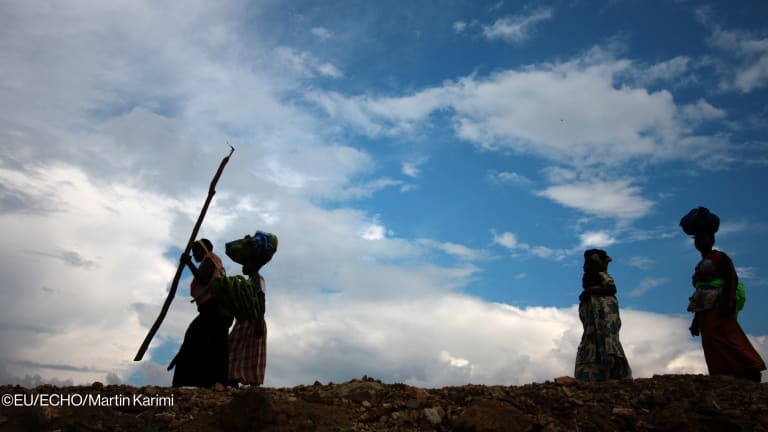Despite the world reaching a consensus on the importance of education in ending poverty and spurring sustainable economic development, funding for the sector is still short $22 billion annually, leaving 124 million children — many of them living in conflict and disaster-prone zones — out of school. Today, key stakeholders from all over the world gather in Norway for the Oslo Summit on Education for Development to put increased pressure on global leaders and decision-makers to walk their talk when it comes to education.
Building on the outcomes of the World Education Forum in South Korea last May, the Oslo Summit aims to mobilize more concrete resources and support for education, particularly for those living in emergency settings, possibly through the creation of a global humanitarian fund for education in emergencies.
A newly published Overseas Development Institute report has put the number of children whose education is most directly affected by emergencies and conflict at 65 million, a figure that includes both out-of-school youth and those at risk of dropping out. To close this education gap, about $74 per child, or $4.8 billion per year, is needed. However, a UNESCO study reported that education received only 2 percent of total humanitarian aid in 2014 — just half of 2011’s already meager minimum target of 4 percent.








